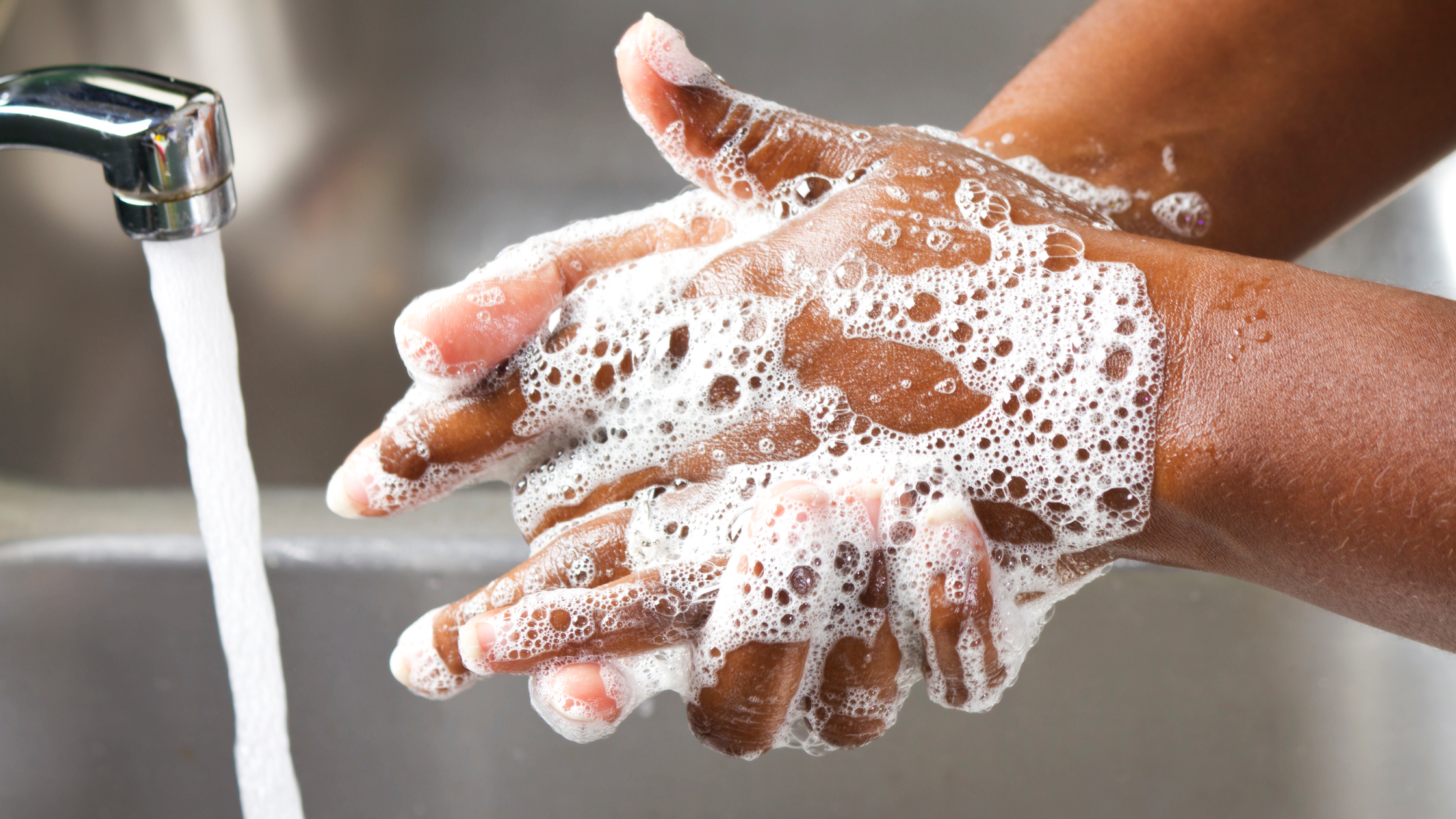
- December 15, 2011
- Katlin Owens
Hand-washing: Dos and Don'ts
By Mayo Clinic staff
Frequent hand-washing is one of the best ways to avoid getting sick and spreading illness. Hand-washing requires only soap and water or an alcohol-based hand sanitizer — a cleanser that doesn't require water. Find out when and how to wash your hands properly.
When to wash your hands
As you touch people, surfaces and objects throughout the day, you accumulate germs on your hands. In turn, you can infect yourself with these germs by touching your eyes, nose or mouth. Although it's impossible to keep your hands germ-free, washing your hands frequently can help limit the transfer of bacteria, viruses and other microbes.
Always wash your hands before:
• Preparing food or eating
• Treating wounds, giving medicine, or caring for a sick or injured person
• Inserting or removing contact lenses
Always wash your hands after:
• Preparing food, especially raw meat or poultry
• Using the toilet or changing a diaper
• Touching an animal or animal toys, leashes, or waste
• Blowing your nose, coughing or sneezing into your hands
• Treating wounds or caring for a sick or injured person
• Handling garbage, household or garden chemicals, or anything that could be contaminated — such as a cleaning cloth or soiled shoes
In addition, wash your hands whenever they look dirty.
How to wash your hands
It's generally best to wash your hands with soap and water. Follow these simple steps:
• Wet your hands with running water.
• Apply liquid, bar or powder soap.
• Lather well.
• Rub your hands vigorously for at least 20 seconds. Remember to scrub all surfaces, including the backs of your hands, wrists, between your fingers and under your fingernails.
• Rinse well.
• Dry your hands with a clean or disposable towel or air dryer.
• If possible, use your towel to turn off the faucet.
Keep in mind that antibacterial soap is no more effective at killing germs than is regular soap. Using antibacterial soap may even lead to the development of bacteria that are resistant to the product's antimicrobial agents — making it harder to kill these germs in the future.
How to use an alcohol-based hand sanitizer
Alcohol-based hand sanitizers, which don't require water, are an acceptable alternative when soap and water aren't available. If you choose to use a hand sanitizer, make sure the product contains at least 60 percent alcohol. Then follow these simple steps:
• Apply enough of the product to the palm of your hand to wet your hands completely.
• Rub your hands together, covering all surfaces, until your hands are dry.
Antimicrobial wipes or towelettes are another effective option. Again, look for a product that contains a high percentage of alcohol. If your hands are visibly dirty, wash with soap and water.
A simple way to stay healthy
Hand-washing doesn't take much time or effort, but it offers great rewards in terms of preventing illness. Adopting this simple habit can play a major role in protecting your health.
Leave Your Comment
Many desktop publish packages web page editors now use model text
search for sites their infancy.